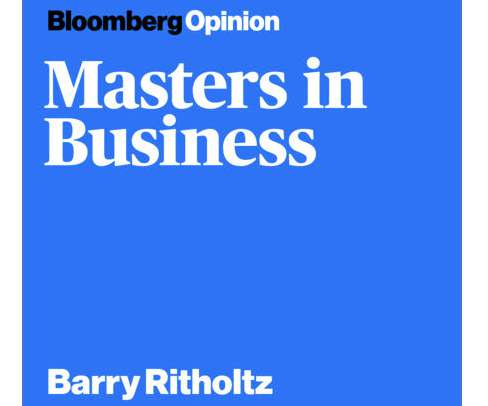Transcript: Greg Davis, CIO Vanguard
Barry Ritholtz
AUGUST 29, 2023
They create the benchmark. DAVIS: A big part of it is really around when there’s more complicated corporate actions that are happening that entail a level of risk. So when there’s a major turnover like that that happens, you always have the option, “Hey, can you do it exactly on the time that it enters the benchmark?













Let's personalize your content